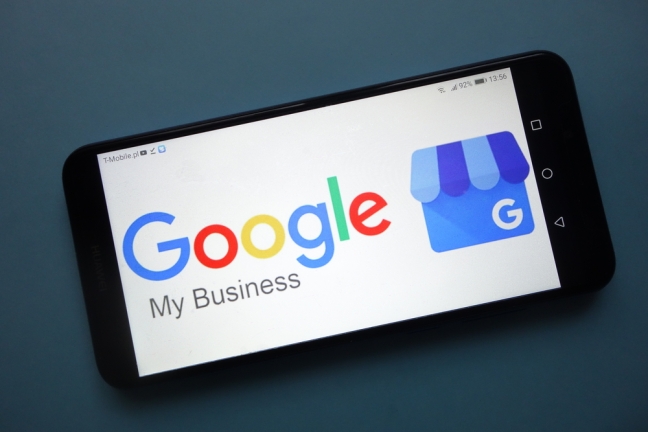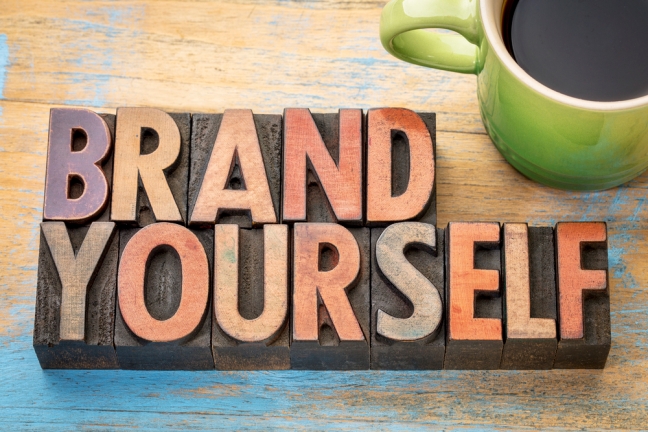In today’s environment, budgets are tight and you have to get the biggest bang out of every dollar spent. Learn how you can be increasing your brand awareness on a budget. You know you have to brand but now is not the time to hire out, you can barely cover payroll.
Don’t lose hope, here are a few simple things you can do without breaking the bank.
Why Brand?
Let’s start with the basics – the “why”. The point of branding is to showcase what makes you different from your competitors. Marketing conveys your unique value and consistency increases the power of your brand.
Stick to it
Identify your strategy, value and messaging at the get go. When you waiver and change your position frequently, you waste valuable dollars and lose trust with your target market. Get it right, right away. That’s not saying you can’t make small changes along the way or as you grow but know who you are and stay the course.
Laser Focus
Identify who you are trying to reach. You can’t be everything to everyone or you will wind up being nothing to no one. Come to the market understanding not only who you are trying to reach but also what their needs are. Identify your target market and learn about them; research what they value, where they look for content, what their pain points are and how your service, product or business fulfills that need or eases the pain.
Network
This is the easiest and most effective way to market on a dime. Learn how to mix and mingle at work events, conferences, virtual calls, lines at a coffee shop even your kid’s school functions. Traditional old-fashioned networking can go a long way to getting your name out there. When you put a face behind the business or brand it goes a long way. Challenge yourself – try to introduce yourself and your brand to at least 3 new people a week.
Engage
It is no longer enough to just have a social media page and presence; you need to jump into your customers’ conversations and understand what they value and give it to them.
Create a concise social media strategy and curate your content, including company updates and trends, to maximize engagement on your platforms to establish yourself as an industry leader. Use specific hashtags and maybe even develop your own hashtag to group your content and make it easier for people to find.
Lead by Example
Testimonials on Google, Yelp and Facebook lend credibility to your brand. Ask your existing clients to write a review and share their experiences. Even better than written testimonials are those done in video format and shared to your Google page.
Samples of your work or case studies can also be extremely helpful when closing a new client or attracting new ones. Case studies share how your product or service created value for someone else and samples of your work exhibits how you did it.
Partner
Double your reach and budget by partnering with another complementary brand that targets a similar audience. If you engage with a brand that already has established trust with your clients, they are more likely to trust your brand. Make the most of your partnerships by finding businesses with similar but non-competing target markets and co-market.
Be a Guest
Appearing on someone else’s platform, such as a podcast or blog, exhibits your initiative and your intelligence. Podcasts and blogs are all the rage and being featured on one gives you the opportunity to get in front of new clients. It also positions you as an industry expert.
You don’t have to spend a lot of money to increase your brand awareness. Just try some of the tactics here to discover works best for increasing your brand awareness on a budget.
Learn more about other free and affordable marketing strategies HERE.
Instagram | Facebook | Twitter | LinkedIn | Pinterest | WordPress Blog | Tumblr | Etsy | Quora | Crunchbase























